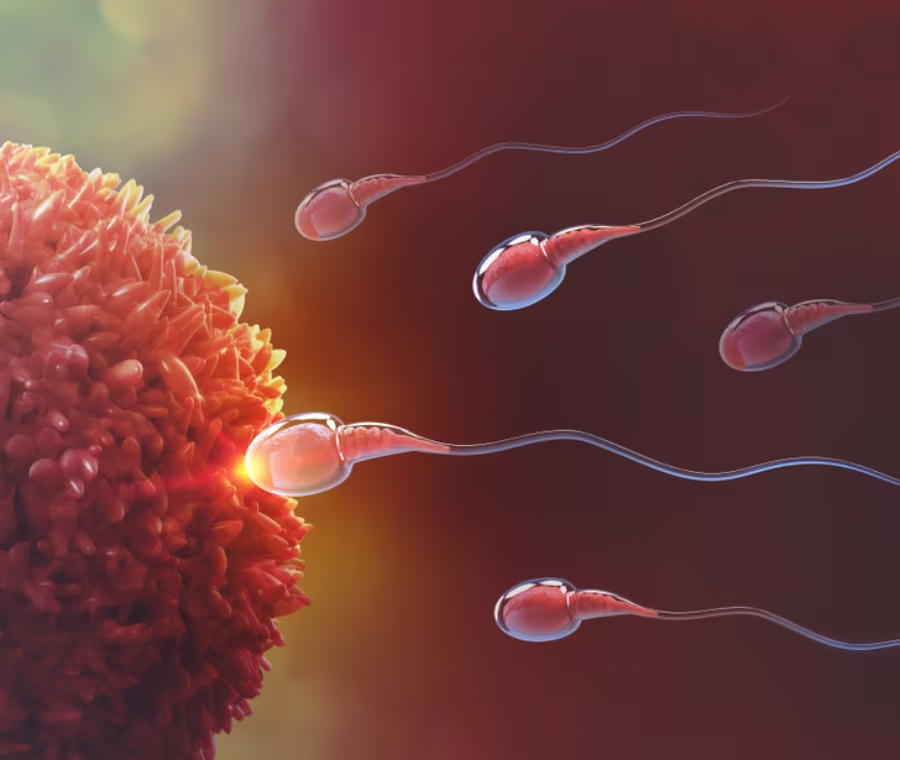Erase the image of millions of sperm in a desperate race toward the egg. No sperm, faster or stronger, wins. This story, that is worldwide familiar, has nothing to do with reality.
Recent studies demonstrate that we still know only little part of mechanism of fecundation and of human fecundation, but recently the female role has been clarified.
Female eggs are not passive during fecundation, on the contrary they are active, they send chemical signals to choose the best sperm.
These signals, named chemoattractants, attract the more suitable sperm for fecundation.
When the egg made the choice a series of repulsive signal stops the rest of the sperm.
In particular, sperm cells migrate from the vagina to the storage site by both active swimming and passive transport via muscle contractions of the female genital tract. In the storage site, a small fraction of the sperm cells undergo ripening, enabling them to navigate to the fertilization site by the means shown, where they fertilize the egg. Sperm cells exhibit different means navigation toward the egg, guided by chemoattractants, such as progesterone, CCL20, and DEFB119. Upon penetration of the egg by a sperm cell, the chemorepellent Zn2⁺ is released, causing repulsion of surrounding sperm cells. Additionally, Zn2⁺ converts progesterone into a chemorepellent further enhancing sperm repulsion from the fertilization site.

On the other side sperm navigation is still not completely understood: three sperm navigation means have been discovered: two active and highly sensitive means—chemotaxis, chemoattractants mediated and thermotaxis, flowing a temperature gradient—and one passive means, rheotaxis. It questions whether these multiple navigation means are redundant or complementary, demonstrates how they work in harmony, and surveys successful attempts to harness them for improving artificial fertilization outcomes.
That’s not all, female follicular fluid seems to have sperm preferences. In fact, sperm accumulation in female follicular fluid was dependent on the combination of men and women being considered. Sperm chemoattraction (measured by quantifying sperm accumulation in follicular fluid) was assessed in two distinct experiments, exposing sperm to follicular fluid from two different women either simultaneously or non-simultaneously. Under both experimental conditions, there was strong evidence of female–male interactive effects in patterns of sperm accumulation, with follicular fluid attracting up to 40% more sperm from one male over another.
In summary, our understanding of fecundation is still in progress, but now it’s quite clear that female and male gametes dance together to reach life. Reproduction is a dialogue where signals and gradients guide sperm, but finally the egg makes the choice. So, the final word is hers.
References:





